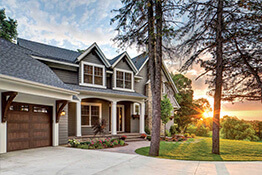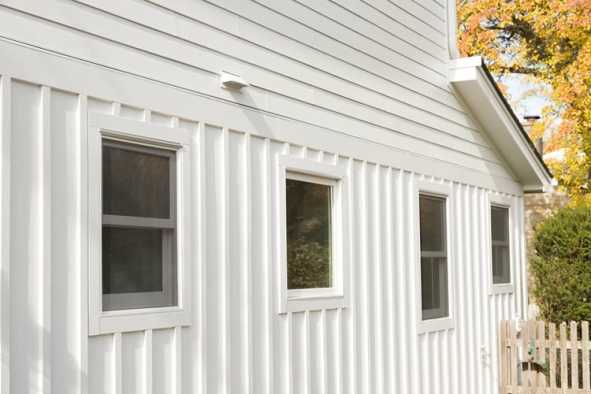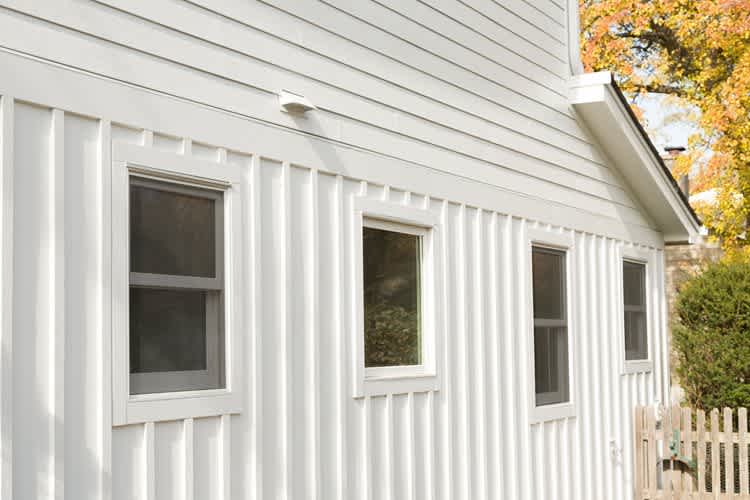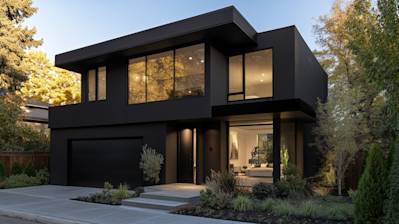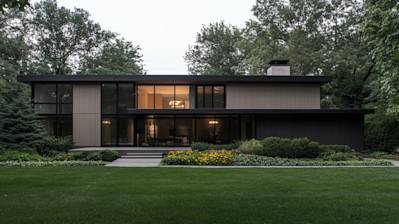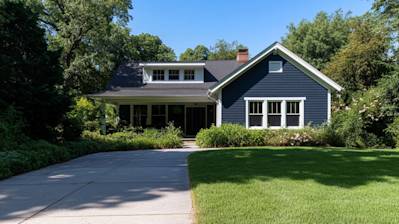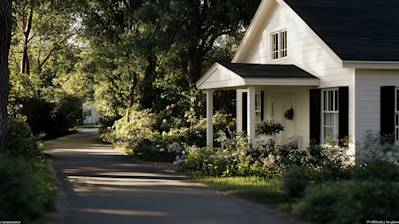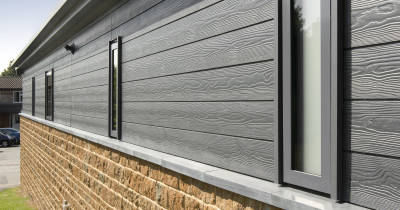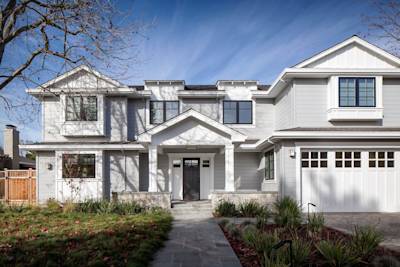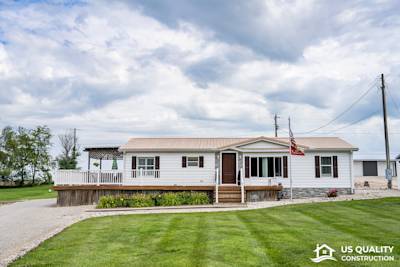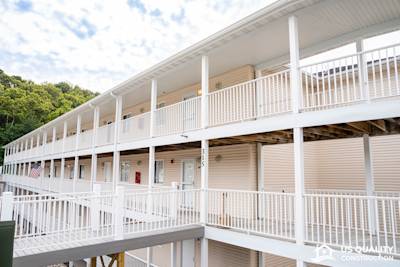Homeowners have increasingly been opting for fiber cement siding for their new home exteriors, or even while replacing the pre-existing ones. There are many benefits of choosing the fiber cement material for home exteriors, particularly in the Kansas City region. Fiber cement is understood to be a sustainable option, with low installation costs, durability, and great architectural appeal.
Before deciding on the material of a particular home exterior, it pays off to understand the material you have in mind. At US Quality Construction, we are dedicated to providing you with all the information you need to make an informed decision while picking fiber cement siding for your home exterior. Excited? Let’s dive right in!
What is Fiber Cement Siding?
Before we can go any further, it is important to understand exactly what fiber cement siding is. As the name suggests, these are the home siding made from the material known as "fiber cement". The fiber cement material is made of four main ingredients namely, Portland cement, water, cellulose fibers (wood pulp), and sand.
Each ingredient integral to the fiber cement material. The cellulose fibers come from wood pulp, and are responsible for adding resilience and flexibility to the material. The water helps dissolve the wood pulp and hardens the cement, while the sand acts as a filler. The Portland cement is made of iron, clay, and limestone, and helps bind the ingredients together.
The ratio of ingredients varies across different manufacturers. At US Quality Construction, we recognize that the James Hardie fiber cement adds multiple additives which enhance the overall performance of the material.
Using Fiber Cement Siding
Professionals at the US Quality Construction are devoted to providing their customers with the very best. Using fiber cement siding is recommended to homeowners in the Kansas City region as there are many benefits of using this product material.
1. Durability
Fiber cement siding is known for its incredible durability, and overall resistance to fire and heat. The fiber cement material can withstand the UV radiation from the sun, protecting the house from the scorching Kansas heat. Its non-combustible nature would prevent your house siding from catching or conducting fire, even if exposed to a direct flame.
The fact that the material is cement-based makes it resistant to rot and insect infestations that would compromise its strength and integrity. Moreover, this material is unappealing to creatures like woodpeckers, termites, etc., protecting your house from damage. The wood fiber component also prevents cracking, especially as it undergoes a curing process which also helps make it resistant to water.
These traits help make the house siding more durable, lasting from 15 to 50 years with minimum maintenance.
2. Little Effort to Maintain
Fiber cement siding is great as it does not require intensive maintenance efforts. All you need to do is use a regular garden hose and a soft brush to wash it down once or twice a year. Only doing this in terms of maintenance will be sufficient for more than 15 years, after which only minor maintenance acts will be needed.
3. Installation
One of the biggest perks of opting for fiber cement siding is the fact that it is lighter than wood or stone, thus easier to install. You can easily contact US Quality Construction to get professional support in the installation process. This would streamline the process, and give the overall look a more sophisticated touch. Good installation needs accurate measurements and skilled precision, thus using the help of a skilled professional is recommended.
Bear in mind that fiber cement is hard to cut, thus fixing the material up as house siding would require some specific tools. Remember to use a mask to protect yourself from the silica dust that would be released during cutting.
4. Environmental Friendly
Fiber cement is a sustainable option to use for your home siding. Fiber cement material does not require wood from trees, thus fewer trees are used to make the material. James Hardie, the pioneer of fiber cement sourced most of their ingredients from local suppliers, minimizing the carbon footprint involved during the procurement process.
5. Stylish Options
If you have a vision for your house exterior, chances are that fiber cement siding can make them come to reality. There are many options for textures, colors and styles available readily in markets to suit your preferences. Whether you want your home siding to have a smooth or stucco finish, or even a wood grain texture, fiber cement can make your home siding look unique and beautiful.
Other Things to Note about Fiber Cement Siding
If you are thinking of opting for fiber cement siding, here are some more things that you should know.
1. Finishing
As you can tell, fiber cement siding needs to be painted or stained. You can choose between getting the color done before or after installation. Some manufacturers charge about $1 for each square foot to color your fiber cement siding. Many customers feel that there are more color options for those who opt for getting it done after installation or by specific paint shops.
2. Choice of Trim
Your choice of trim plays a big role in future maintenance costs. If you are taking up fiber cement siding, it is a good idea to get a trim that is made from either cellular PVC or even fiber cement material. Wooden trims can also be used, though care should be taken that there is a gap between the trim and siding. Moreover, the wood surface should be caulked to prevent rot and termite infestations.
Final Take
As you have seen, fiber cement has dominated the current market due to a variety of reasons. Not only is this material great for the environment, but it also is one of the most durable options available. Moreover, the aesthetic appeal of fiber cement siding helpbeautify your home and even add to its overall value.
Thus, it is not hard to believe why the Kansas City siding contractors at US Quality Construction recommend homeowners in the Kansas City area to use fiber cement siding for their home exteriors.
Tags: fiber cement siding,
